Take a closer look at your womb with a Hysteroscopy
Examine, diagnose or treat a gynaecological condition in a simple procedure carried out using a telescopic camera to look inside your uterus.
Is a hysteroscopy right for me?
A hysteroscopy can be beneficial for many reasons – whether you’re experiencing worrying symptoms or you’ve had trouble getting pregnant and don’t know why. In the straightforward 30-minute procedure a surgeon will be able to check for a variety of conditions, take a biopsy if needed, and treat issues such as scar tissue. Because the procedure can be used for so many things, yours will always be tailored to your fertility health.
Who’s it for ?
You might want to have a hysteroscopy if…
- You want to find out what’s causing your symptoms e.g. heavy periods
- You want to check for conditions such as polyps or fibroids
- You’ve had problems getting pregnant or have had several miscarriages
- You want to treat scar tissue within the lining of your womb
- You want to put in an intra-uterine system (IUS), or coil, or take out a coil that has moved out of place
Statistics at Harley Street
We’ve helped many partners, individuals and LBGTQ+ couples start their family since we opened our clinic in 2010 and we have some of the highest success rates for IVF in the country.

A hysteroscopy and what to expect
Step 1: An initial consultation

Step 2: Preparation
Your consultant will explain exactly how to prepare for your specific procedure, but it could include things like stop smoking (if you do) to help with aftercare, and fasting beforehand if you’re having sedation.
.jpg?width=1000&height=667&name=Dr%20Venkat%20and%20patient%20(2).jpg)
Step 3: The procedure
During a hysteroscopy your surgeon will put a medical instrument called a speculum into your vagina to see into your cervix, followed by a hysteroscope into your womb. The camera on the end of the hysteroscope sends pictures from the inside of your womb to a video screen. Your surgeon will look at these images and, if needed, take a biopsy or carry out any treatment.

Step 4: Aftercare

Test: TH1:TH2 intracellular cytokine ratios



"Always have hope. There's always an opportunity, care and support"
Faye
Other fertility treatments

Advanced Fertility Treatments

EMMA Test
